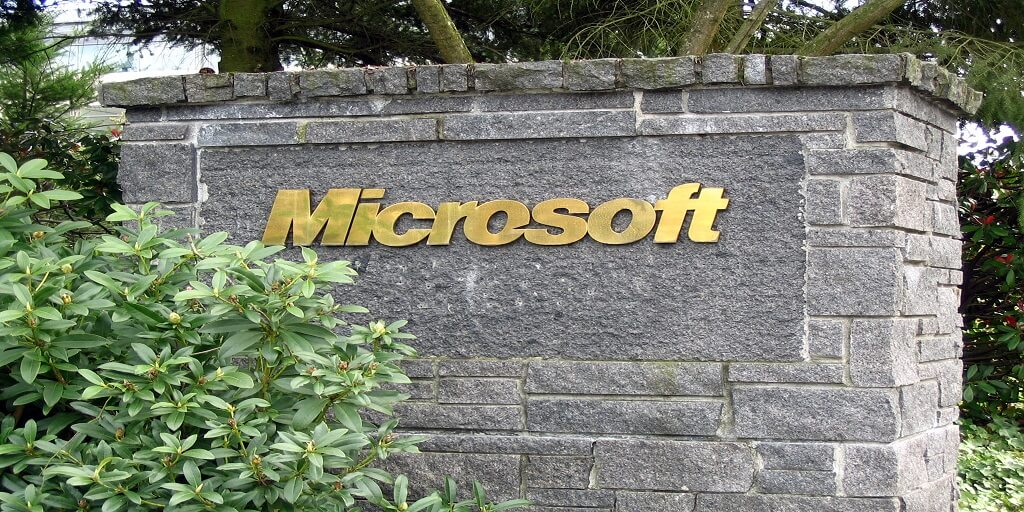For those of us who started their careers in Project Management in the 1980’s, Microsoft Project was considered the gold standard for Project Management software. Yet it is no exaggeration to observe that in the 32 years since the original product release, technology has revolutionized almost every aspect of our workplace and lives. For good and bad, Microsoft Project remained relatively consistent: a popular and powerful tool for project management that is also complex and clunky.
It is well known that Project has never been a strategic priority for Microsoft which is why it has made much higher investments in SharePoint and the rest of the Office business productivity suite. The result is that changes to Project have been incremental with very little innovation seen in the last decade. The subject of why Microsoft Project has endured and survived in the overcrowded space of project management software with such negligible advances in innovation is a much discussed topic in the industry. In my opinion, Project’s longevity boils down to three simple factors:
1) Inertia: Simply stated, for many years Microsoft Project was the default and dominant non online Project Management tool. It’s the old mantra, “if it ain’t broke, don’t fix.” Also, the dominance of the Microsoft Office suite for information worker productivity created an environment where Microsoft was seen as a safe bet for IT decision makers.
2) Fear of Microsoft: Microsoft bundles Project into its enterprise agreement which is how many large organizations license their software. For the corporate procurement groups that negotiate the purchase of software, it is easier to include the Project license than to unbundle a complex agreement.
3) Lack of Alternatives: Until the emergence of online project management software, there were few vendors with credible solution alternatives to Microsoft Project. Perhaps the online Project Management software category was too small to justify interest and investment by the bigger industry players.
Notice what I left off the list: features and functionality. That’s because there is almost nothing unique about Microsoft Project and in many ways it’s a (costly) dinosaur. There is no denying that Microsoft Project is not robust and powerful (or your pick of cliché); but it is simply not unique.
Microsoft Underwhelms the Market with the Release of Project 2016
A review of Microsoft’s own publicity on new Microsoft Project 2016 shows that the latest product version continues a familiar pattern – incremental new features released every couple of years but no game changing innovation. Here’s what Microsoft is touting
Resource Engagement: I have to admit that Resource Engagement is a nice feature. It’s a workflow tool to request and lock-down a new resource to a project. It also notifies managers if they try to overbook someone for a project. This is definitely something that can be helpful to a .Project Manager in a large Enterprise – which is the core of Microsoft’s business
Resource Capacity Heat Map: The use of color schemes to visualize over or under utilization of resources. As a point of reference, this is a standard feature of the Binfire Resource Loading solution. However, insofar that Binfire keeps getting positive user feedback on this feature, I’m not sure why Microsoft would stress what is essentially a nice-to-have.
Timeline: Microsoft has dummied-down the Gantt Chart for no obvious purpose and created a spreadsheet type layout for timelines. I’ve spent time playing with the Timeline feature and am still looking for something unique or even compelling about it.
Tell-Me: The new “Tell-Me” feature is actually a spruced up Help tool. Once again, it’s a nice-to-have but certainly not a game-changer for any online Project Management software. It is surprising that Microsoft would put its marketing muscle behind something is banal.
Read/Write Add-Ons: Supportive of Microsoft’s overall platform strategy, Project users will now have the ability to download extensions from the Office store. The problem with this “benefit” is that I’m not convinced that the extensions that are currently available today will make much difference to a Project Manager or the rest of the project team.
“Availability”: After much hesitation, Project has made its first move to the cloud with the new Project Pro for Office 365 and Project Online. While it’s an obvious move for Microsoft and one that has been predicted for a while, Microsoft’s cloud strategy is murky at best. From the perspective of downloading the software and getting updates, being on the cloud is helpful. However, when it comes to delivering advanced functionality for remote workers, it is clear that Microsoft has not upped its game.
Using the list that Microsoft itself provided, only one of the six features will be of value to most Project Managers or team members. In summary, Microsoft has not kept pace with the innovations that we see in online project management software and while Project remains in autopilot.
How Microsoft Project Compares with Online Project Management Software.
As a long time practitioner of Collaborative Project Management, I acknowledge that Microsoft has provided a strong offering for a number of years. The problem is that Microsoft has not kept up with changes in how teams collaborate and what is now expected from an online project management software. As the CEO of Binfire I admit that I am biased towards my company’s solution. But as a long time project manager, I was able to identify trends in the marketplace which were ultimately incorporated into my company’s software.
I will outline six areas where Microsoft Project now lags behind Binfire and some of the other online project management software and online collaboration tools.
User Generated Updates: Perhaps the biggest drawback to a traditional software such as Microsoft Project is that it is the role of the Project Manager to update tasks when they are complete. With Binfire, a task member indicated when he or she starts and completes a task and the Project Manager is automatically updated. Rather than expecting team members to send email updates to the Project Manager who then manually updates the project plan, a considerable amount of time is saved by empowering end users to update their own status.
Real-Time Team Collaboration: Today team members require real time answer to questions relating to a project. We have incorporated synchronous social media tools such as chat directly into the online Project Management software, thereby keeping all real time communications within the application. As a company Microsoft has solutions for real time communication, but these are standalone solutions not included in Project.
Version Control: Project Managers working on a Microsoft Project planning document are often faced with the issue of version control. The question of who is responsible for each section and which version everyone is working on can cause confusion and miscommunication. With Binfire, there is no way for a mistake to happen because there is only one version made available to everyone with system access. A change made by one team member is automatically visible to the entire team.
Flexible and Integrated Gantt Chart: With Binfire the Gantt Chart is completely integrated with the Task List and a change made in the Gantt Chart view automatically updates the Task list. By clicking on a task within the Gantt, one can extend its duration or even mark it as complete. Although this is not a revolutionary innovation, it can shave hours off administrative project management tasks.
Document Collaboration: Microsoft has a world class document collaboration platform. Unfortunately for Project users, the tool is called SharePoint and it is completely separate from Microsoft Project. With Binfire, all project related documents are stored within the tool and uses can comment and flag issues relating to the document.
Brainstorming: In today’s distributed work environment, colleagues often lack the opportunity to brainstorm in person. At Binfire we have created an Interactive Whiteboard so that team members can brainstorm with each other regardless of geography or time zone.
These are just a few examples of the differences between Microsoft Project and Binfire. If you would like to try Binfire yourself, please click here for a free trial.




Wonderful post David! Certainly, Microsoft Project has fallen behind the modern day project management software. I currently use Asana and Trello. Do you have any specific choice when it comes to alternative to Microsoft Project? Thanks
Wonderful post David! Certainly, Microsoft Project has fallen behind the modern day project management software. I currently use Asana and Trello. Do you have any specific choice when it comes to alternative to Microsoft Project? Thanks
Wonderful post David! Certainly, Microsoft Project has fallen behind the modern day project management software. I currently use Asana and Trello. Do you have any specific choice when it comes to alternative to Microsoft Project? Thanks
Wonderful post David! Certainly, Microsoft Project has fallen behind the modern day project management software. I currently use Asana and Trello. Do you have any specific choice when it comes to alternative to Microsoft Project? Thanks
Wonderful post David! Certainly, Microsoft Project has fallen behind the modern day project management software. I currently use Asana and Trello. Do you have any specific choice when it comes to alternative to Microsoft Project? Thanks
Wonderful post David! Certainly, Microsoft Project has fallen behind the modern day project management software. I currently use Asana and Trello. Do you have any specific choice when it comes to alternative to Microsoft Project? Thanks
Pingback: Why online Project Management Software never replace Meetings
Pingback: Why online Project Management Software never replace Meetings
Pingback: Why online Project Management Software never replace Meetings
Pingback: Why online Project Management Software never replace Meetings
Pingback: Why online Project Management Software never replace Meetings
Pingback: Why online Project Management Software never replace Meetings